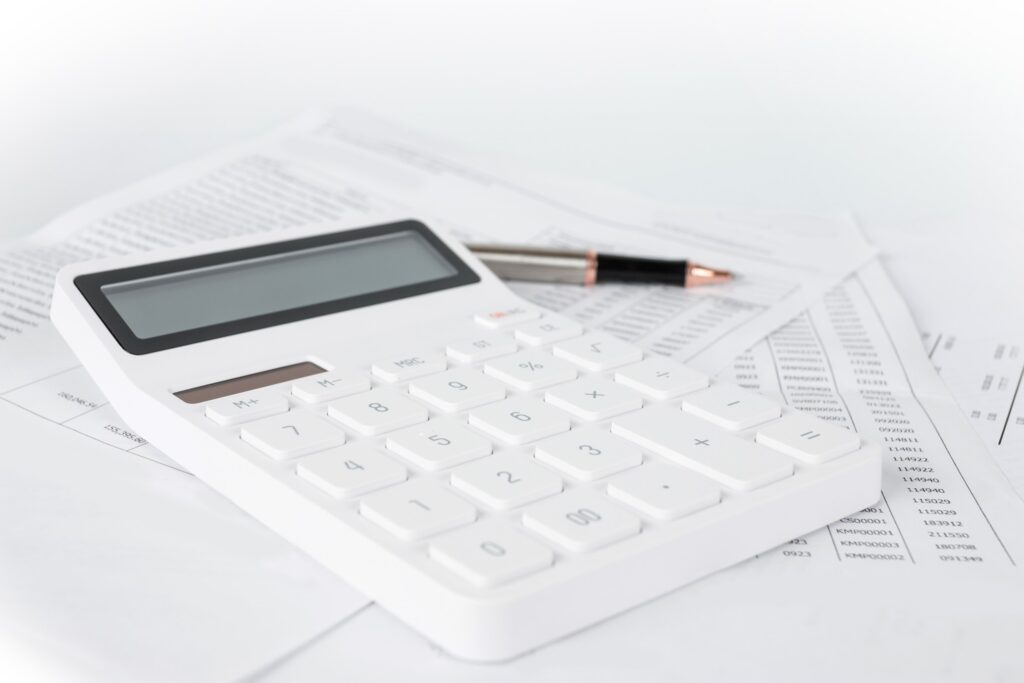Making Tax Digital for Income Tax April 2025

What is Making Tax Digital (MTD)?
Making Tax Digital (MTD) represents a significant transformation in the UK’s tax system. The government’s aim is to make tax administration more effective, efficient, and straightforward for taxpayers. Since April 2022, all VAT-registered businesses have been required to adhere to MTD rules by maintaining digital records and submitting VAT returns electronically using compatible software.
What is Making Tax Digital (MTD) for Income Tax?
MTD for Income Tax Self-Assessment (MTD ITSA) is an initiative by HMRC to transition from traditional paper-based processes to a fully digital system. This change will replace the current annual Self Assessment tax system, altering how business owners and landlords report their income to HMRC.
Who does it apply to & when will it come into effect?
MTD for Income Tax will be introduced in phases for sole traders and landlords:-
- From 6 April 2026 for individuals with a total gross qualifying income exceeding £50,000 from self-employment and property.
- From 6 April 2027 for individuals with a total gross qualifying income exceeding £30,000 from self-employment and property.
- From 6 April 2028 for individuals with a total gross qualifying income exceeding £20,000 from self-employment and property.
Partnerships and companies are not currently impacted by the MTD ITSA proposals.
It is important to note that the above thresholds applies to gross qualifying income i.e. turnover (not profit) and applies to the total gross income if you have more than one trade or property business. For example, if you owned & operated two businesses and the combined turnover of both businesses were greater than the limits set out above, you would need to register for MTD for Income Tax and follow the legislation for all businesses even though each individual business was under the limit.
What is changing?
If MTD ITSA applies to you, then the way you report your income to HMRC will change.
You will need to:
- Keep your business records digitally – either on a spreadsheet or by using accounting software such as SAGE or Xero. Businesses already registered for MTD for VAT will already be aware of this requirement.
- Register for MTD ITSA – through HMRC’s online services.
- File quarterly income and expenditure reports to HMRC – these reports are to be filed within tight reporting deadlines (see below) and need to be filed with HMRC approved software for each business.
The quarterly return periods and filing deadlines will be as follows:-
6th April to 5th July – filing deadline 7th August
6th July to 5th October – filing deadline 7th November
6th October to 5th January – filing deadline 7th February
6th January to 5th April – filing deadline 7th May
- File a final declaration – At the end of the tax year, you will need to finalise your business income through a final declaration that replaces the current Self Assessment Tax return by 31 January. This will capture all year end adjustments, tax reliefs available to the business along with all other income received such as employment, interest or dividends.
The tax payments due under the Making Tax Digital regime remains the same that have applied under Self Assessment, as follows:
- 31 January for balancing payments;
- 31 January and 31 July for payments on account.
Who doesn’t need to apply MTD for Income Tax?
Certain individuals may be exempt from MTD for Income Tax, including:
- Those who are digitally excluded due to reasons such as age, disability, or remoteness.
- Members of religious societies or orders whose beliefs are incompatible with using electronic communications.
Exemptions are not automatic and must be applied for through HMRC.
Digital record keeping under the new rules
The underlying requirement of MTD for Income Tax is that individuals must keep records of business income and expenses in a digital format – either on a spreadsheet or by using accounting software such as SAGE or Xero or another HMRC compliant software.
The software must allow you to:
- Create & store digital records for each of your business transactions. This must include the amount, date and category of the transaction.
- Send updates of the totals of your business income and expenses to HMRC every three months.
The quarterly returns will effectively be a summary of the income and expenses of the business for the quarter. The level of detail will be broadly the same as on the Self Assessment tax return. For those with an annual turnover less than the VAT registration of £90,000, however, only total income, total expenses and a profit figure will be required to be disclosed to HMRC.
The chosen software will also tend to have the capacity to make the final declaration to HMRC, although the final declaration may also be made through an individual’s HMRC online services account or through your accountant’s software packages.
As the final declaration captures all taxable income that would currently be entered on a Self Assessment tax return, including the claims for available tax relief, we expect that discerning individuals will typically arrange for the final declaration to be prepared by a specialist, such as those in the McAleer Jackson team, to ensure tax liabilities are managed and mitigated where possible. Some taxpayers will also want the help of their accountant to complete the quarterly returns as well as maintaining digital records.
HMRC provides a list of compatible MTD software which will be updated as more providers meet the requirements: https://www.gov.uk/guidance/find-software-thats-compatible-with-making-tax-digital-for-income-tax
Despite the move to digital record keeping, individuals may still need to keep relevant paper business records for example, receipts, invoices, bank statements and any other evidence required to support the information that’s been submitted through MTD if these records are not stored electronically.
The benefits of MTD for Income Tax
Transitioning to MTD for Income Tax offers several advantages:
- Enhanced tax planning: Quarterly updates allow for more accurate estimation and planning of tax liabilities.
- Improved business insights: Regular reviews of financial performance can lead to better decision-making.
- Administrative efficiency: Automation reduces manual tasks, minimising errors and saving time.
In conclusion
Although the mandatory implementation of MTD for Income Tax begins in April 2026, it is advisable for individuals and business owners to start preparing early.
If you are affected by these changes, you need to take ACTION. You should review your current record keeping and consider whether:
- Your current records meet the digital requirements and who will complete all or part of the reporting; or
- You need to implement new bookkeeping software to meet the requirements; or
- You will need assistance with both bookkeeping and reporting under MTD ITSA.
If you have any queries, or require further information on the available MTD ITSA options, training or MTD ITSA compliant software, please do not hesitate to contact the McAleer Jackson team.

The above article is for general guidance and informational purposes only and is not intended to constitute legal or professional advice. It should not be taken as specific advice for your own circumstances and relied upon. You are advised to take professional advice before taking any action in relation to the above matters.
Recent Posts
- Making Tax Digital for Income Tax April 2025 16 April 2025
- Director-shareholder loan account issues 28 March 2024
- McAleer Jackson My Journey Apprenticeship evening 23 November 2023
- Basis Period Reform 9 May 2023


